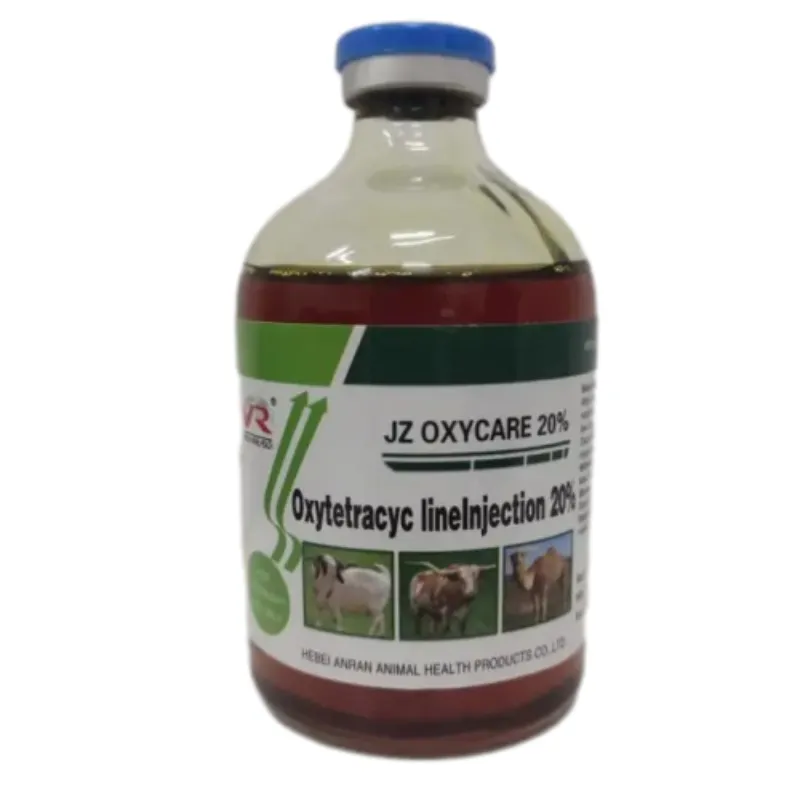- Afrikaans
- Albanian
- Amharic
- Arabic
- Armenian
- Azerbaijani
- Basque
- Belarusian
- Bengali
- Bosnian
- Bulgarian
- Catalan
- Cebuano
- Corsican
- Croatian
- Czech
- Danish
- Dutch
- English
- Esperanto
- Estonian
- Finnish
- French
- Frisian
- Galician
- Georgian
- German
- Greek
- Gujarati
- Haitian Creole
- hausa
- hawaiian
- Hebrew
- Hindi
- Miao
- Hungarian
- Icelandic
- igbo
- Indonesian
- irish
- Italian
- Japanese
- Javanese
- Kannada
- kazakh
- Khmer
- Rwandese
- Korean
- Kurdish
- Kyrgyz
- Lao
- Latin
- Latvian
- Lithuanian
- Luxembourgish
- Macedonian
- Malgashi
- Malay
- Malayalam
- Maltese
- Maori
- Marathi
- Mongolian
- Myanmar
- Nepali
- Norwegian
- Norwegian
- Occitan
- Pashto
- Persian
- Polish
- Portuguese
- Punjabi
- Romanian
- Russian
- Samoan
- Scottish Gaelic
- Serbian
- Sesotho
- Shona
- Sindhi
- Sinhala
- Slovak
- Slovenian
- Somali
- Spanish
- Sundanese
- Swahili
- Swedish
- Tagalog
- Tajik
- Tamil
- Tatar
- Telugu
- Thai
- Turkish
- Turkmen
- Ukrainian
- Urdu
- Uighur
- Uzbek
- Vietnamese
- Welsh
- Bantu
- Yiddish
- Yoruba
- Zulu
Nov . 09, 2024 10:29 Back to list
Exploring Tylan 200 Dosage Recommendations for Effective Use in Animal Health
Understanding Tylan 200 Dosage An Overview
Tylan 200, also known as Tylosin, is a broad-spectrum antibiotic commonly used in veterinary medicine. It is primarily administered to pigs, poultry, and sometimes cattle to treat and prevent bacterial infections. Tylosin works by inhibiting bacterial protein synthesis, which effectively halts the growth of harmful bacteria. However, determining the appropriate dosage is crucial for ensuring the effectiveness while minimizing potential side effects.
Dosage Guidelines for Tylan 200
The dosage of Tylan 200 can vary depending on the species of animal being treated, the severity of the infection, and the formulation of the medication (injection or oral). For swine, the general recommendation is to administer Tylan 200 at a dosage of 10-20 mg per kilogram of body weight. This can be delivered either through injection or through feed supplementation.
For poultry, the recommended dosage is typically between 100-200 mg per liter of drinking water for a duration of 5 to 7 days. The precise dosage can depend on the type of bacteria and the nature of the infection being treated. It is vital for animal caregivers to follow veterinary guidance closely to ensure optimal outcomes.
Administration Methods
Tylan 200 can be administered in several ways, such as through injectable solutions or premixed feed. The injectable form is often used for rapid intervention in cases of acute infections. Caregivers must ensure proper technique when administering injections to avoid stress and injury to the animals.
When using Tylan 200 in feed, it is essential to calculate the correct mix to ensure that each animal receives the appropriate dosage. Mixing guidelines should be followed meticulously to prevent underdosing or overdosing, both of which can lead to treatment failure or adverse effects.
Importance of Adhering to Dosage
tylan 200 dosage

It is critical to adhere strictly to the recommended dosage of Tylan 200. Overdosing can lead to toxicity, including severe digestive issues and damage to vital organs. Conversely, underdosing may allow the infection to persist or develop antibiotic resistance, ultimately compromising the health of the animal and potentially affecting the entire flock or herd.
Antibiotic stewardship is also a crucial consideration. Overuse of antibiotics can lead to the development of resistant bacterial strains, which pose a significant challenge to animal and human health alike. Therefore, Tylan 200 should only be used when necessary and under the guidance of a veterinarian.
Monitoring and Veterinary Advice
Continuous monitoring of the animal’s health during and after treatment with Tylan 200 is essential. Caregivers should observe for any signs of adverse reactions or unexpected changes in behavior and health. Any concerns should be promptly discussed with a veterinarian.
Veterinarians can provide expert advice regarding the correct dosage based on individual cases and can recommend alternative treatments if necessary. Furthermore, keeping accurate records of treatment, including dosages and any reactions, is vital for future care and monitoring.
Conclusion
In summary, Tylan 200 is a valuable antibiotic in veterinary medicine that can effectively treat bacterial infections in livestock. However, understanding and adhering to the correct dosage is paramount for ensuring the safety and health of the animals being treated. The responsibilities of caregivers extend beyond administration to include diligent monitoring and communication with veterinary professionals.
By operating within prescribed guidelines and focusing on responsible antibiotic use, livestock producers can help maintain the efficacy of Tylan 200 and contribute to the overall health of their animals. It is essential to approach the use of antibiotics with caution and respect, adhering to best practices to promote sustainable farming and animal welfare.
-
Guide to Oxytetracycline Injection
NewsMar.27,2025
-
Guide to Colistin Sulphate
NewsMar.27,2025
-
Gentamicin Sulfate: Uses, Price, And Key Information
NewsMar.27,2025
-
Enrofloxacin Injection: Uses, Price, And Supplier Information
NewsMar.27,2025
-
Dexamethasone Sodium Phosphate Injection: Uses, Price, And Key Information
NewsMar.27,2025
-
Albendazole Tablet: Uses, Dosage, Cost, And Key Information
NewsMar.27,2025













